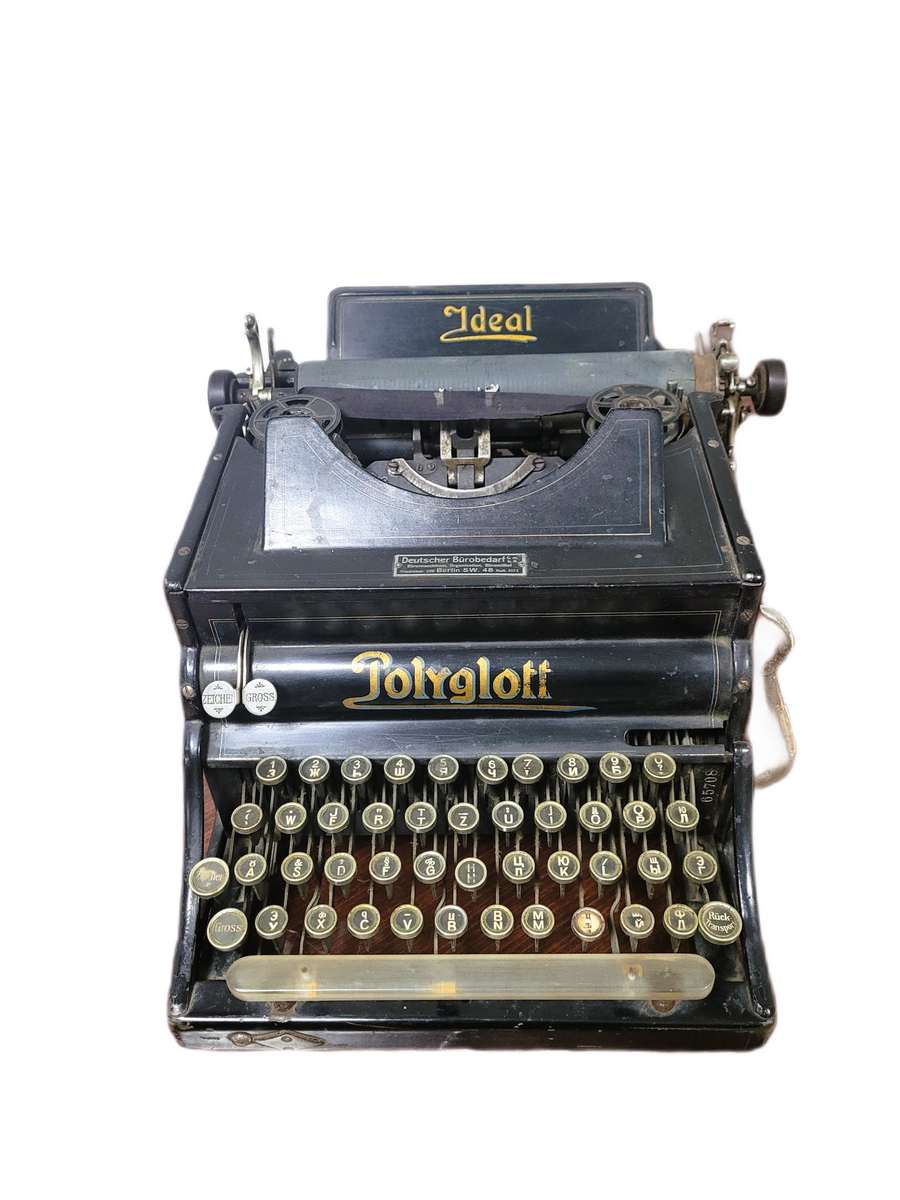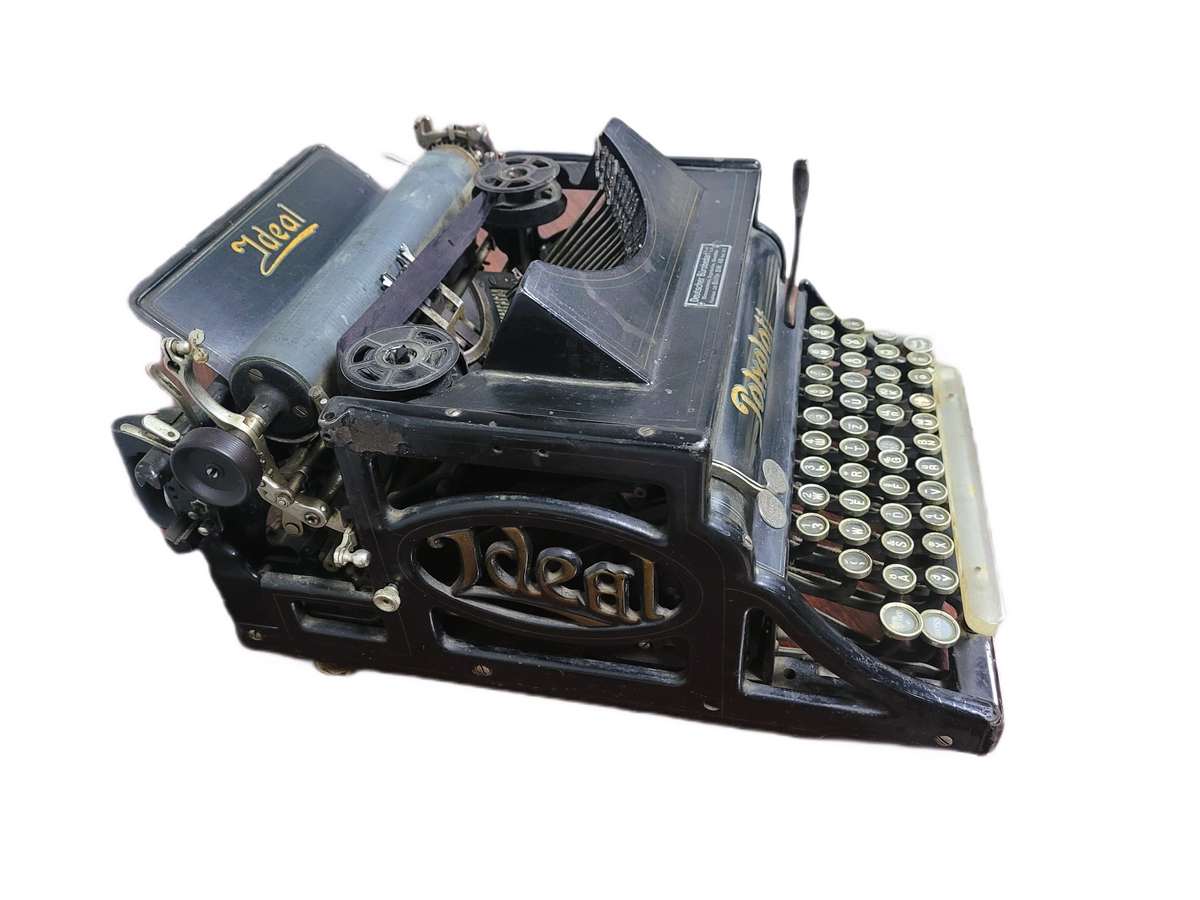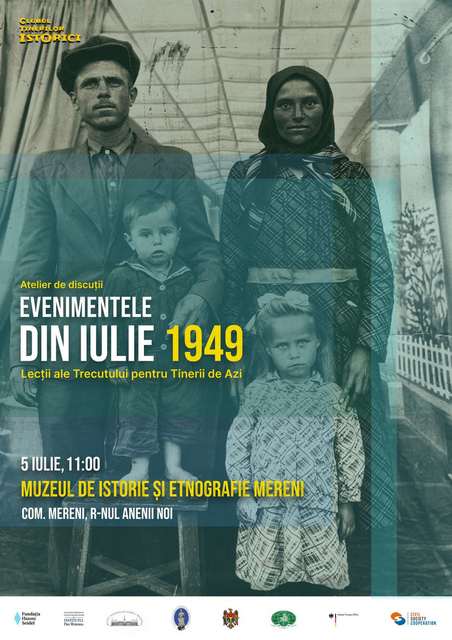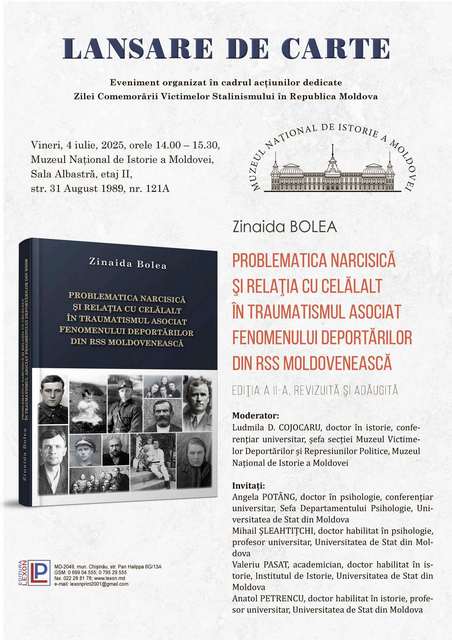Research
Academic Reports
Summary of the museum's scientific work in 2017
Starting with 2015, the National Museum of History of Moldova carries out the institutional project The Role of Museum Heritage in the Development of Contemporary Society (2015-2018) within the Strategic Direction “National Heritage and Development of Society”. As a partner, the museum participated in the realization of the project “Historical Site Camp of the King Charles XII of Sweden at Varniţa – valorization and promotion” (2016-2017). The project was funded by the European Union within the framework of the CHOICE / Cultural Heritage: Opportunity for Improving Civic Engagement. The project “Archaeological and interdisciplinary research within the Sabatinovka culture sites in the southern part of the Republic of Moldova” is carried out by the museum in cooperation with the Institute of Prehistoric Archeology, Free University (Berlin), with financial support from the Alexander von Humboldt Foundation (Germany). Project duration: 2016-2018. The main purpose of the project is to investigate the archaeological sites to establish the paleo-economic system of the late Bronze Age communities (16th-12th centuries BC). The 2017 research campaign included systematic archaeological investigations carried out at the Taraclia-Gaidabul site from the late period of the late Bronze Age, located near the city Taraclia. In total, an area of approximately 500 m² has been excavated through archaeological excavations. During excavations were discovered the remains of stone constructions, pits, multiple bone, stone, clay and bronze artifacts. For interdisciplinary analyzes the necessary samples were taken for paleobotanical, paleozoological, pedological and C14 dating analyses. Relevant obtained results: Recent research in the archives of Sankt-Petersburg and Moscow resulted in the discovery of 38 letters written by Maria Cantemir to her younger brother Antioh Cantemir, which were previously known but were only partially published. Maria Cantemir's letters are important in historical and literary terms, and occupy a special place in the categories of epistolary sources. The publication of Maria Cantemir’s letters to her younger brother, Antioh, has a special significance in historical and literary terms. The analysis of structure, language, content and style of texts allows us to individualize the character in question, to identify the female subjectivity during the researched period, and at the same time it represents a model of behavior and positioning of women in family, private, spiritual and moral life. New unique photo-documentary testimonies about the life of Lazo noble family in Bessarabia have been identified, were recovered cultural, material, three-dimensional assets that will allow the finalization of the Lazo family mansion as a museum and tourist objective, as an eloquent testimony of cultural identity. The new scientific data found in the archive files will allow us to present the appropriate material setting and moral environment of the Lazo family from Piatra with all the generations that have passed, with the spirit of that epoch, with the personalities of the manor who have made history and have brought contribution to the development of the Basarabian society over the centuries. The results of the research have been valorized through various scientific and public forms in the country and abroad: Publications: Total – 106 publications: + 1 media article and 2 promotional materials 1 monograph 1 monograph chapter 1 collection of studies and articles 2 articles in national journals, category A 16 articles in national journals, category B 2 in other national journals 9 articles in national collections 32 national abstracts 1 monograph published abroad 8 articles in foreign journals 10 articles in foreign collections 16 abstracts in international publications 6 abstracts in foreign publications 1 electronic publication In 2017, the museum managed to prepare and publish 2 issues of the museum journal - Tyragetia, re-accredited in 2017 as a scientific journal of category B. In 2017, the collaboration of the museum with various institutions from abroad was materialized through the organization of scientific events (2 international ones), through the common public valorization of the historical-cultural heritage, by active participation in various studies, including archaeological excavations. Collaboration with scientific institutions in Germany has allowed the continuation of joint archaeological research projects in the Republic of Moldova. For international collaboration we must also mention the organization of the international conference Historical Site Camp of the King Charles XII of Sweden - recovery of memory, organization of the International Numismatic Symposium, 17th edition attended by 30 participants from several European countries. The museum participated as partner in the realization of the project Historical site Camp of King Charles XII of Sweden at Varniţa - valorization and promotion. The museum's researchers organized 5 national and 2 international scientific events: National 1. Round table Deportations, famine, holocaust – crimes of the 20th century, January 2017, sector Modern and Contemporary History. 2. Scientific conference War on Nistru, 28 February 2017, sector Modern and Contemporary History. 3. 11th Symposium of Heraldry, organized by sector Medieval History and Numismatics in collaboration with the Society for Genealogy, Heraldry and Archive Studies „Paul Gore” and the National Commission of Heraldry by the President of the Republic of Moldova, 27 April 2017. 4. Scientific conference First church journal from Bessarabia (150 from first publication), organized by the sector Modern and Contemporary History and the Institute of History of the ASM, Chişinău, 8 June 2017. 5. Yearly scientific conference of the museum History. Archaeology. Mseology, 19-20 October 2017. International 1. International scientific conference „Historic site Camp of King Charles XII of Sweden at Varniţa. Recovery of memory” within the project „Historic site Camp of King Charles XII of Sweden at Varniţa – valorization and promotion”, Chişinău, 21-22 May 2017. Responsible E. Ploşniţa. 2. The 17th edition of the Symposium of Numismatics. Organized by the museum in partnership with the Numismatic Society from the Republic of Moldova and the Institute of Archaeology „Vasile Pârvan” of the Romanian Academy, 4-6 October 2017. Responsible A. Boldureanu. There were 37 participations in national scientific events, 20 participations in international scientific events, 2 with international participation and 15 participations in events outside the country, in total - 74 participations in scientific events. 5 temporary exhibitions were organized and opened to the public: 1. Historic site Camp of King Charles XII of Sweden at Varniţa. Photo-documentary evidences, photo and documentary exhibition 2. Temporary exhibition Millennia of civilization at Orheiul Vechi, organized by sector Medieval History and Numismatics in collaboration with sector Archaeology and Old History. 3. Temporary exhibition Ion Hâncu. Man. Personality. Scientist”, April-May 2017. 4. Temporary exhibition The clock over time, opened on 18 May, 2017. 5. Temporary exhibition Sfatul Ţării. 100 years from foundation, November 2017. Heritage Development: museum researchers have collected and deposited 1210 new cultural goods (patrimony items) in museum collections by transfer, field research, documentation, acquisitions and donations. Digitization of collections: As part of the process of digitization of museum collections, the researchers produced 2316 analytical records. Museum researchers have provided specialized assistance to several public and private institutions. The museum's researchers worked as chairmen and members in university Commissions for the defense of bachelor and master theses; have also worked in editorial boards of scientific journals published in the country and abroad. The museum was visited for documentary purposes by several specialists – researchers and museographers from Germany, Russia, Romania, Sweden, etc. At present the museum has three PhD students at Moldova State University. The results of the research were disseminated through several interviews: 10 interviews on TV and 20 on the radio.
|





 The side panels are elegantly decorated with refined cast-iron elements in the Art Nouveau style, displaying the brand name - "Ideal." The Polyglott model, featuring a bilingual keyboard patented in the United Kingdom by Max Klaczko from Riga, Latvia, was produced between 1902 and 1913, marking the first typewriter capable of writing in two languages. The "Ideal Polyglott" typewriter was actively sold in the Russian Empire and gained significant popularity in Poland, Bulgaria, and Serbia.
The side panels are elegantly decorated with refined cast-iron elements in the Art Nouveau style, displaying the brand name - "Ideal." The Polyglott model, featuring a bilingual keyboard patented in the United Kingdom by Max Klaczko from Riga, Latvia, was produced between 1902 and 1913, marking the first typewriter capable of writing in two languages. The "Ideal Polyglott" typewriter was actively sold in the Russian Empire and gained significant popularity in Poland, Bulgaria, and Serbia.











































